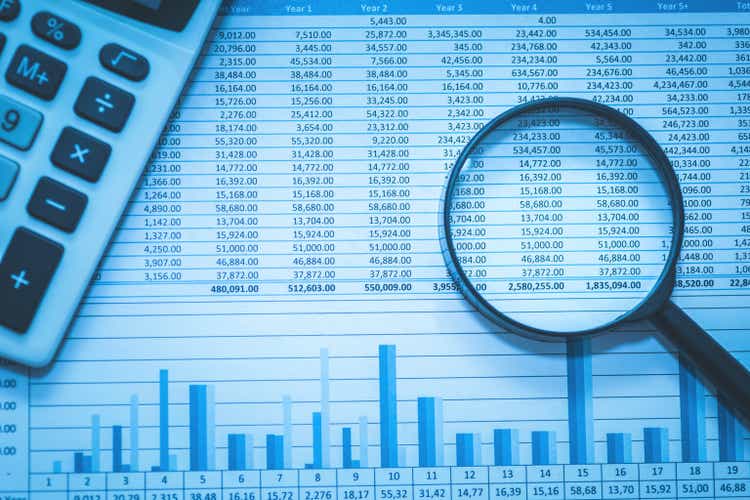- Surging U.S. producer prices and a spike in Treasury yields have cast some doubt on a widely expected Fed rate cut in September. The S&P 500 remains near its high, however, banking on a cut. While a 0.25% cut remains the most likely outcome it no longer looks guaranteed. Globally, European and Asian equities are mixed. S&P 500 futures are flat this morning.
In the stock market, it appears that all is calm, all is quiet: S&P 500 futures are flat this morning, premarket, and the index itself closed up marginally yesterday, near to its all-time high.
The real drama is in the bond market. Both the 2-year Treasury and the 10-year Treasury saw their yields spike up yesterday after the producer price index (PPI) report came in much higher than expected. Tariff-driven inflation may not yet have shown up in prices paid by consumers, but it looks like it has now arrived at companies and manufacturers.
The feeling on Wall Street is that this implies higher inflation is coming down the pipeline. Companies won’t be able to eat higher tariff prices forever. Sooner or later they’ll have to charge their customers. “Supply chains have become longer and more complex—trade taxes progress down supply chains over months, not days,” UBS warned this morning.
All of a sudden, the U.S. Federal Reserve interest rate cut that everyone thought was guaranteed in September no longer looks locked in. (Keeping interest rates high is the Fed’s main weapon to fight inflation.)
“U.S. producer prices surged 0.9% m/m in July, far exceeding expectations of 0.2% and marking the largest monthly gain since June 2022. On an annual basis, PPI rose 3.3%, up from 2.4% in June, while core PPI jumped to 3.7% from 2.6%. The data shattered forecasts across the board, underscoring the inflationary impact of recent tariff policy and justifying Fed caution regarding rate cuts,” George Vessey of Convera told clients this morning.
ING agreed: “After the PPI spike yesterday, there has been some hawkish repricing of Fed expectations,” Francesco Pesole said in a note seen by Fortune.
In the bond market, which partially reflects future inflation expectations, the 2-year yield rose by 5.7 basis points to 3.73%, and the 10-year rose 5.1 points to 4.29%. The implication of that is that bond buyers think higher inflation is on its way.
“This hotter-than-expected print suggests that a September rate cut is far from guaranteed,” Jim Reid and his team at Deutsche Bank told clients this morning.
He also noted that two Fed presidents said yesterday they would definitely not support a 0.5% cut, and one of them indicated he had not made up his mind on a 0.25% cut:
“St. Louis Fed President Musalem stated it was ‘too early to say exactly what policy I will be able to support’ in September, and noted that a 50bp cut would be ‘unsupported by the current state of the economy and the outlook.’ Similarly, San Francisco Fed President Daly told the Wall Street Journal she didn’t see the need for a 50bp cut either.”
The context is that a September cut of 0.25% is still the favored expectation among investors. The CME Fed Funds futures market is still showing a 90%-plus chance of a 0.25% cut. And stock investors seem bullish on the notion that the Fed is poised to deliver a new dose of cheaper money in September.
If that doesn’t happen—and the bond market is now hinting it’s less likely than it was—expect turmoil ahead.
Here’s a snapshot of the action prior to the opening bell in New York:
- S&P 500 futures were marginally up this morning, premarket, after the index closed flat yesterday near its record high.
- STOXX Europe 600 was up 0.23% in early trading.
- The U.K.’s FTSE 100 was flat in early trading.
- Japan’s Nikkei 225 was up 1.71% to hit another record high.
- China’s CSI 300 was up 0.71%.
- The South Korea KOSPI was flat.
- India’s Nifty 50 was flat.
- Bitcoin fell to $119K.
This story was originally featured on Fortune.com

 1 hour ago
1
1 hour ago
1
















 English (US) ·
English (US) ·